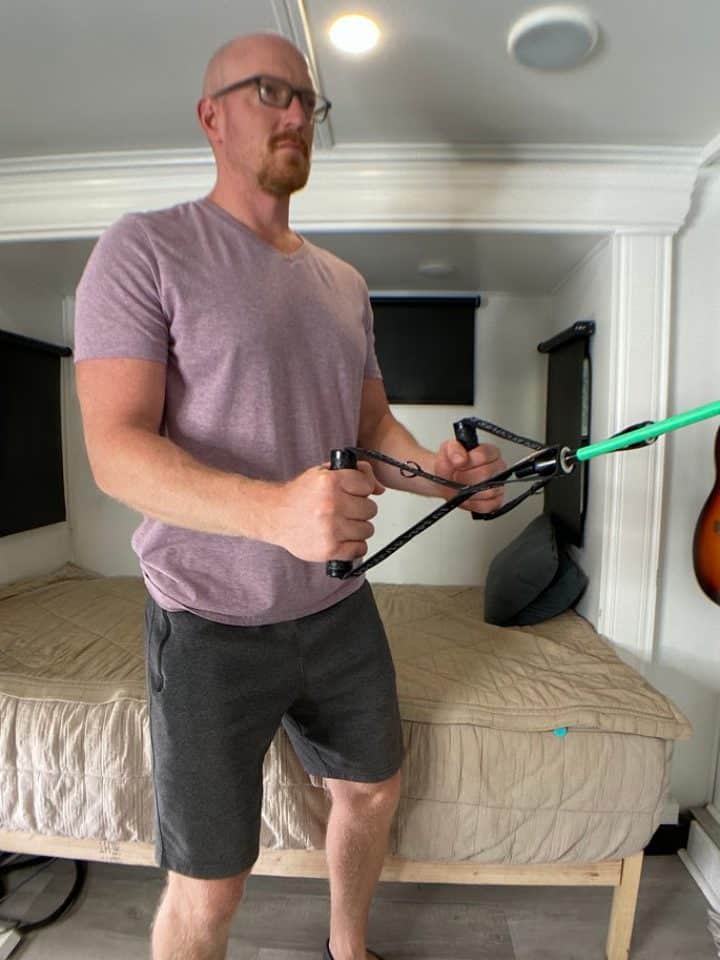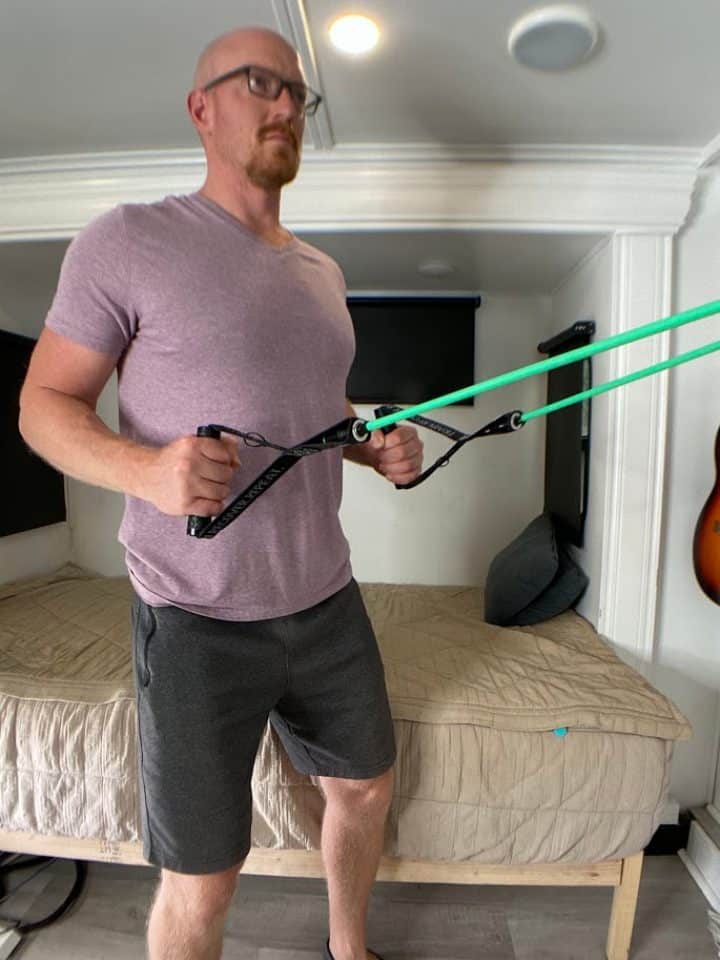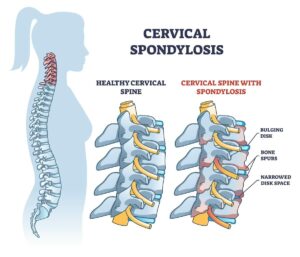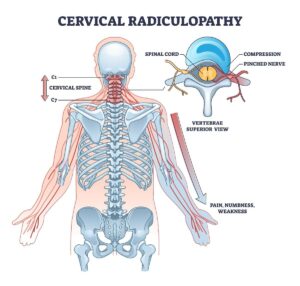Free download: Top 10 Natural & Easy Remedies for Joint Pain from Home. Learn these helpful remedies.
Estimated Reading Time: 5 minutes read
Torticollis, commonly known as wry neck, is a condition characterized by an abnormal, asymmetrical head or neck position. It can cause significant discomfort and restrict movement. While it is more frequently observed in infants, adults can also experience this condition. Understanding the causes, symptoms, and effective exercises can help manage and alleviate torticollis.
Torticollis can be either congenital (present at birth) or acquired later in life. In adults, it is often referred to as cervical dystonia or spasmodic torticollis. This condition results from involuntary muscle contractions, leading to twisted or tilted neck positions. Acquired torticollis can result from various factors such as trauma, infections, or prolonged poor posture.
Table of Contents
Causes of Torticollis
- Muscle Injury: Damage to the neck muscles due to an accident or sudden movements.
- Poor Posture: Holding the neck in awkward positions for extended periods.
- Infections: Throat or upper respiratory infections causing muscle spasms.
- Medications: Certain drugs can cause side effects leading to muscle spasms.
- Genetic Factors: Some individuals may inherit a predisposition to muscle abnormalities.
- Inflammation: Conditions like arthritis can lead to inflammation and muscle spasms.
Symptoms of Torticollis
- Neck Pain: Discomfort and pain on one side of the neck.
- Stiffness: Difficulty moving the neck due to muscle tightness.
- Head Tilting: The head may tilt to one side uncontrollably.
- Restricted Movement: Limited range of motion in the neck.
- Muscle Spasms: Sudden, painful contractions of the neck muscles.
- Shoulder Elevation: One shoulder may appear higher than the other due to muscle imbalance.
Effective Exercises for Torticollis
A combination of stretches and strengthening exercises can alleviate the symptoms of torticollis. These exercises help improve neck flexibility, reduce muscle tension, and enhance overall posture.
A: Gentle Stretches and Strengthening
Before starting any exercise routine, it is important to warm up the muscles with gentle stretches. Here are some effective exercises to overcome torticollis:
1. Passive Cervical Rotation
- Turn your head gently to the side opposite the tight muscles.
- Hold this position for 30 seconds.
- Breathe normally while holding the stretch.
- Slowly return your head to the starting position.
- Repeat the stretch three times.
2. Upper Trap Stretch


- Begin in an upright position, either sitting or standing.
- You’ll be stretching one side of the neck at a time.
- If you plan to stretch the left upper trapezius muscle, bend your head to the right.
- Take your right hand and place it on the left side of the head to give a gentle overpressure into the stretch.
- Hold at least 30 seconds or up to 1 minute.
- Slowly release the pressure and return to your starting position.
- Repeat on the other side.
3. Pec Stretch

- Standing in front of your doorway, raise your arms up to shoulder height like a goalpost. The elbows will be bent with the palms facing forward.
- Keeping this position, rest the arms against your doorway.
- Slowly lean forward into a gentle stretch and hold for at least 30 seconds.
- Repeat this stretch for a total of 3 times.
4. Chin Tucks


- You can perform this exercise lying down or upright, sitting or standing.
- Gently retract the chin as if you were trying to make a double chin.
- Hold for 5 seconds, then return to your starting position.
- Repeat 10-15 repetitions for 2-3 sets.
5. Resistance Band Rows


- Hold on to the ends of a resistance band (light, medium or heavy), which you can attach to a door knob.
- Begin with the arms elevated in front of you to shoulder height and the palms facing each other.
- Step back far enough that the resistance bend has a little tension.
- Pull back on the band by bending the elbows and swinging the arms back next to you. Make sure to squeeze the shoulder blades together.
- Hold for 2 seconds, then return to your starting position.
- Repeat 10 repetitions for 3 sets.
B: Posture Monitoring
Maintaining good posture is crucial in managing torticollis. Ensure that your ears are aligned over your shoulders and your shoulders are over your hips. Avoid prolonged periods of neck rotation when reading, watching TV, or using your phone. Keeping a neutral neck position can help reduce symptoms and prevent the condition from worsening.
Care Tips for Torticollis
Managing torticollis involves more than just exercises. Here are some additional care tips to support your recovery:
- Apply Heat or Ice: Use heat packs or ice packs to reduce inflammation and ease muscle spasms.
- Use Supportive Pillows: Ensure your neck is supported while sleeping to avoid awkward positions.
- Practice Relaxation Techniques: Yoga and meditation can help reduce stress and muscle tension.
- Seek Physical Therapy: A physical therapist can provide tailored exercises and manual therapy to improve neck function.
- Stay Hydrated: Drink plenty of water to keep your muscles hydrated and reduce cramps.
- Maintain a Healthy Diet: A balanced diet rich in anti-inflammatory foods can help reduce muscle pain.
Conclusion
Torticollis, or wry neck, can be a challenging condition, but with the right approach, it is manageable. Understanding the causes and symptoms is the first step in effective management. Incorporating targeted exercises and maintaining good posture can significantly alleviate symptoms.
Additionally, following care tips like using heat or ice packs, practicing relaxation techniques, and seeking professional help can further support recovery. By staying proactive and consistent with these strategies, individuals can overcome torticollis and improve their quality of life.
For more information on managing torticollis and effective exercises, consult your healthcare provider or a physical therapist. Regular check-ups and adherence to prescribed exercises can ensure long-term relief and prevent recurrence.













